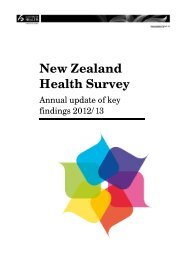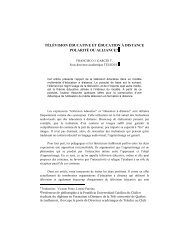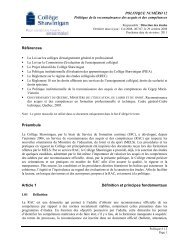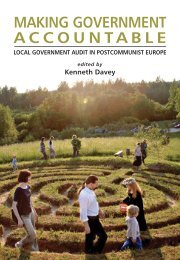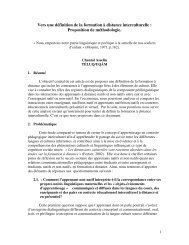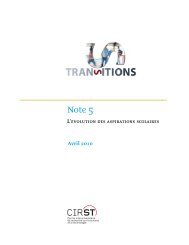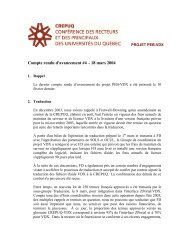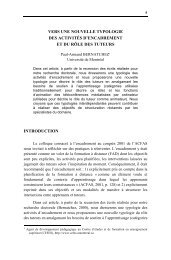61 Rethinking local government: Essays on municipal reform - VATT
61 Rethinking local government: Essays on municipal reform - VATT
61 Rethinking local government: Essays on municipal reform - VATT
Create successful ePaper yourself
Turn your PDF publications into a flip-book with our unique Google optimized e-Paper software.
Tuukka Saarimaa – Janne TukiainenThe Finnish <strong>municipal</strong> electi<strong>on</strong>s use the open-list method. Thisaspect is crucial for our analysis because voters vote not <strong>on</strong>ly forthe party, but for the individual candidates. Thus, they can influencethe positi<strong>on</strong> of their <str<strong>on</strong>g>local</str<strong>on</strong>g> candidate <strong>on</strong> the party list even afterthe merger. However, parties act as gatekeepers and choosethe candidates. This may c<strong>on</strong>found our analysis, because if <strong>on</strong>ly few<str<strong>on</strong>g>local</str<strong>on</strong>g> candidates from smaller <strong>municipal</strong>ities make it to the postmergerlists, the observed change in c<strong>on</strong>centrati<strong>on</strong> after the merger insmall <strong>municipal</strong>ities may not be due to strategic voting, but simplydue to changes in the set of candidates. We can address this issue to acertain extent in the subsequent analysis.5.4 Data and empirical strategyDataOur main data source is the electi<strong>on</strong> database maintained bythe Ministry of Justice. 19 We have data <strong>on</strong> votes received byindividual candidates from two <strong>municipal</strong> electi<strong>on</strong>s held in Octoberof 2004 and 2008. The 2008 <strong>municipal</strong> electi<strong>on</strong>s were held usingthe new merged <strong>municipal</strong>ities as c<strong>on</strong>stituencies. 20 The novel feature ofour data is that they include informati<strong>on</strong> <strong>on</strong> polling districts within a<strong>municipal</strong>ity. That is, we observe the number of votes coming fromdifferent polling districts for each candidate. The number of pollingdistricts varies between <strong>municipal</strong>ities, but the important thingfor our purposes is that polling districts are used <strong>on</strong>ly for vote countingand voting locati<strong>on</strong> purposes and there are no quotas in <strong>municipal</strong>councils based <strong>on</strong> the polling district divisi<strong>on</strong>.Since <strong>municipal</strong>ities are divided into (time invariant) pollingdistricts we can build a panel data set where the cross-secti<strong>on</strong>alunits are the <strong>municipal</strong>ities in 2004, i.e. before the mergers. 21 That19 Similar data are also freely available <strong>on</strong>line at Statistics Finland’s website.20 In some cases, the <strong>municipal</strong>ities merged officially at the start of 2009. However,also in these cases the new <strong>municipal</strong>ity divisi<strong>on</strong> was used in the 2008 electi<strong>on</strong>s.21 In some cases, the polling districts changed and we were unable to trace back theold <strong>municipal</strong> divisi<strong>on</strong>. In these cases, we drop the entire merger from the analysis.141



